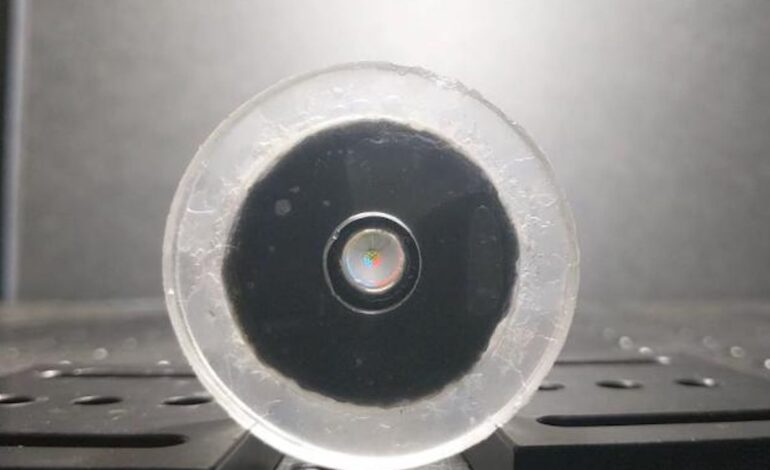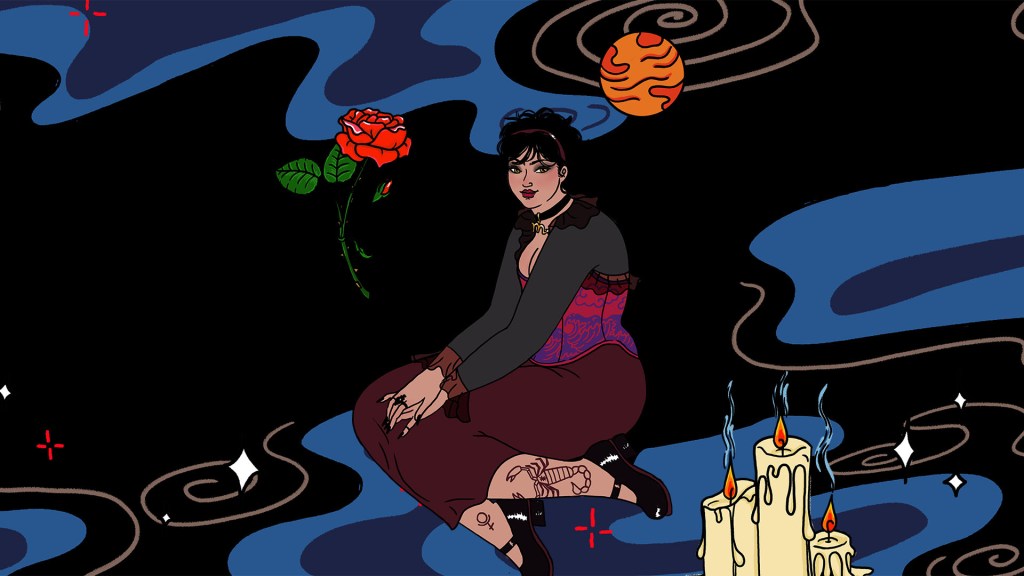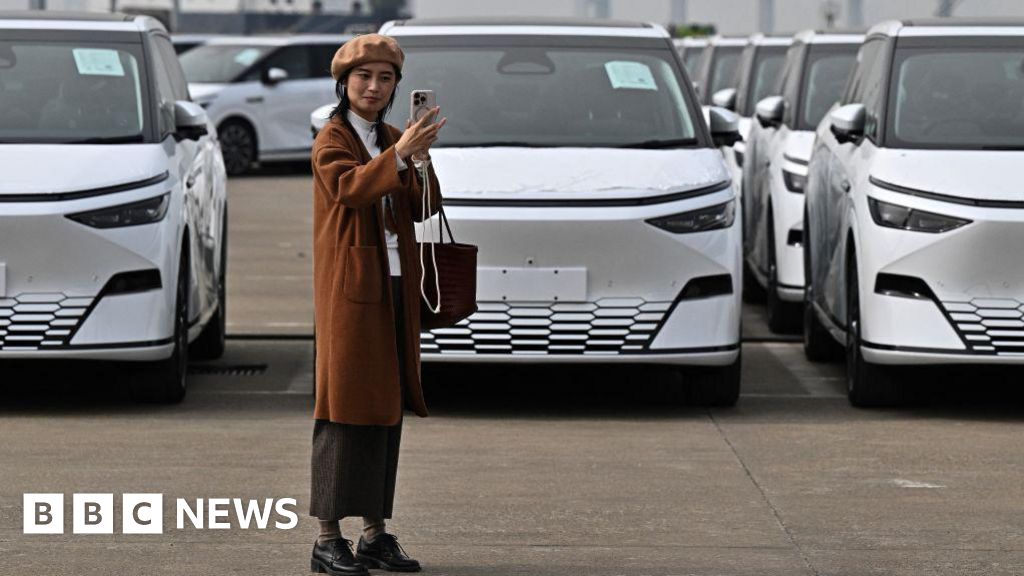Scientists Develop Innovative Robotic Eye That Focuses Automatically

Researchers at the Georgia Institute of Technology have designed a groundbreaking robotic “eye” that can automatically focus in response to light without requiring any external power source. This innovative lens is capable of distinguishing minute details, such as the hairs on an ant’s leg or the lobes of a pollen grain, marking a significant advancement in the field of soft robotics.
The robotic eye’s lens, crafted from a unique hydrogel, adapts to varying temperatures and responds dynamically to light. According to Corey Zheng, a doctoral student in biomedical engineering and the study’s first author, this technology could pave the way for “soft” robots equipped with powerful vision capabilities that function independently of traditional electronics and batteries.
A New Approach to Robotics
Traditional robots rely on rigid sensors and electrical components to perceive their surroundings. In contrast, Zheng explained the necessity of developing alternative sensing methods for softer robots that do not utilize electricity. These soft robots can be applied in a diverse array of settings, including wearable technology that can seamlessly integrate with human bodies and autonomous devices capable of navigating uneven terrain or hazardous environments.
The hydrogel used in this lens consists of a polymer framework that can both trap and release water. This property enables the hydrogel to shift between liquid-like and solid-like states. Specifically, when exposed to heat, the hydrogel releases water and shrinks; conversely, it absorbs water and expands when cooled. The researchers designed a ring of hydrogel around a silicon polymer lens, mimicking the anatomical structure of the human eye, which enhances the lens’s functionality.
The lens incorporates tiny particles of graphene oxide, which absorb light and contribute to the lens’s focusing capabilities. When light with an intensity equivalent to sunlight strikes the graphene oxide, the particles heat up, causing the hydrogel to contract and adjust the lens’s focus. Once the light source is removed, the hydrogel expands, relieving the tension on the lens.
Applications and Future Potential
In a study published on October 22, 2023, in the journal Science Robotics, Zheng and his doctoral advisor, Shu Jia, highlighted the lens’s potential to replace traditional glass lenses in light microscopes, allowing for the visualization of intricate details. For example, the lens can image a 4-micrometer gap between a tick’s claws, identify 5-micrometer filaments of fungus, and detect 9-micrometer stubble on an ant’s leg.
Moreover, the researchers are currently integrating this lens into a microfluidic system composed of the same responsive hydrogel material. Zheng noted that the light used to generate images could also power an intelligent, autonomous camera system. The adaptability of the hydrogel suggests that the lens may be capable of “seeing” beyond human visual limitations, potentially mimicking the abilities of animals with unique visual systems. For instance, it might replicate the vertical pupil of a cat, enhancing its ability to detect camouflaged objects, or emulate the W-shaped retina of a cuttlefish, which allows it to perceive a broader spectrum of colors.
“We can actually control the lens in really unique ways,” Zheng stated, emphasizing the innovative nature of this research and its implications for the future of robotics and sensing technology.






